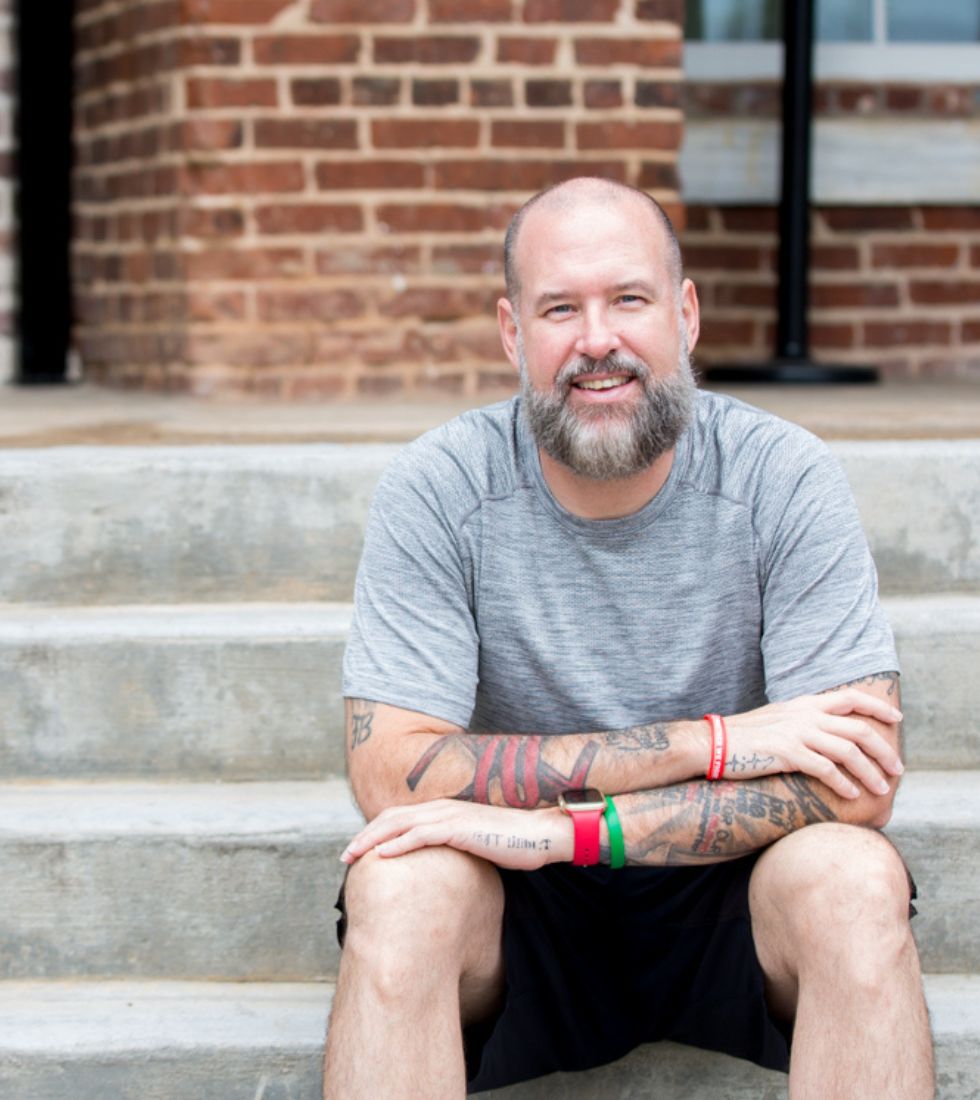Overcoming childhood neglect is the first step towards forging secure adult attachment, a journey of healing, understanding, and growth
In the quiet corners of many adults’ hearts lies a history of childhood neglect — an emotional absence leaving indelible marks on their ability to form secure adult attachment(s). This post explores the journey from the shadows of neglect to the light of secure, fulfilling relationships.
The Impact of Childhood Neglect
Childhood neglect extends beyond the absence of physical care to include a lack of emotional support and attention. This neglect can lead to significant challenges in forming and maintaining healthy relationships in adulthood, often resulting in attachment issues. Understanding these effects is the first step toward healing.
Understanding Childhood Neglect
Childhood neglect involves a failure to meet a child’s basic needs, including emotional support, leading to feelings of unworthiness and an inability to form secure attachments. These early experiences shape adult perceptions of love, trust, and security.
From Childhood Neglect to Secure Attachment Issues
Neglect in childhood can lead to insecure attachment styles in adulthood, such as anxious or avoidant attachments. These styles influence how individuals approach relationships, often with fear and mistrust, stemming from unmet childhood needs.
The Adult Manifestation of Childhood Neglect
Adults who experience neglect may struggle with intimacy, trust, and maintaining healthy relationships. They might oscillate between craving closeness and fearing vulnerability, reflecting their internal conflict and past experiences.
Recognizing Signs of Attachment Disorders
Identifying signs of attachment disorders is crucial for healing. Symptoms may include difficulty trusting others, fear of rejection, or a pattern of unstable relationships. Awareness of these signs can prompt individuals to seek change.
Pathways to Healing
Healing from childhood neglect involves confronting the past, understanding its impact, and taking steps toward emotional growth and secure attachments.
Confronting and Understanding One’s Past
Acknowledging and processing the pain of neglect is essential for healing. Reflective practices and therapeutic interventions can help individuals understand and move beyond their childhood experiences.
Somatic Therapy and Professional Support
Embarking on the journey from childhood neglect towards secure adult attachments involves deep inner child work, transformative somatic therapy, and reflective mirror work. These powerful modalities offer a path to healing, allowing us to understand the impact of our past, recognize attachment issues, and embrace effective strategies for nurturing healthy relationships.
Building Healthy Relationships
Developing healthy relationships is key to healing. This involves learning to trust, communicate effectively, and establish boundaries, fostering a sense of safety and belonging that was missing in childhood.
Strategies for Fostering Secure Attachments
Healing is about addressing past pain and building a future with secure, healthy relationships. Strategies include cultivating self-awareness, practicing self-compassion, and taking concrete steps toward forming secure attachments.
Self-awareness and Self-compassion
Understanding one’s attachment style and practicing self-compassion is foundational to healing. Recognizing that vulnerabilities stem from past neglect, not personal failings, can foster a kinder, more understanding approach to self-improvement.
Practical Steps Toward Secure Attachment
Building secure attachments involves seeking out relationships that offer stability and support, learning to communicate needs and fears, and engaging in mindfulness practices to remain present in relationships.
Conclusion
The journey from childhood neglect to secure adult attachment is challenging but profoundly rewarding. It requires courage, patience, and persistence. Individuals can transform their relationships and lives by understanding the impact of neglect, recognizing the signs of attachment issues, and actively pursuing healing and growth. This path is not walked alone; support, therapy, and a community of understanding can illuminate the way toward a brighter, more connected future.
What Others Are Asking
Q1: What is Inner Child Work and How Does It Relate to Overcoming Childhood Neglect?
- A1:Inner child work involves connecting with, understanding, and healing the part of you that remains influenced by childhood experiences. It’s crucial for overcoming childhood neglect because it addresses the emotional wounds inflicted during one’s formative years, helping to resolve fears, insecurities, and attachment issues that stem from these early traumas. By nurturing and healing the inner child, individuals can work towards developing secure adult attachments.
Q2: How Can Somatic Therapy Assist in Healing from Childhood Neglect?
- A2: Somatic therapy focuses on the connection between the mind and body, recognizing that trauma is not only stored mentally but also physically. For those healing from childhood neglect, somatic therapy offers a way to release trapped emotions and stress through physical movement, breathwork, and body awareness exercises. It aids in calming the nervous system and promotes a sense of safety and attachment in one’s body, contributing to developing secure adult attachments.
Q3: What Role Does Mirror Work Play in Developing Secure Adult Attachments?
- A3: Mirror work is a practice of self-reflection and affirmation conducted in front of a mirror. It supports the development of secure adult attachments by encouraging individuals to confront and accept their true selves, including the parts hurt by childhood neglect. This process fosters self-compassion, self-acceptance, and a stronger sense of self-worth, which is foundational for forming healthy, secure relationships with others.
Q4: Can Engaging in Inner Child Work and Somatic Therapy Improve Existing Relationships?
- A4: Yes, engaging in inner child work and somatic therapy can significantly improve existing relationships. These practices help individuals understand and heal the underlying issues that may cause conflict, distance, or insecurity in relationships. By resolving these issues, individuals can approach their relationships with more openness, empathy, and emotional availability, leading to deeper connections and more secure attachments.
Q5: Are Specific Exercises or Practices Within Inner Child Work, Somatic Therapy, and Mirror Work Particularly Effective?
- A5: Within inner child work, practices such as writing letters to your inner child or engaging in dialogues with your inner child can be particularly healing. In somatic therapy, techniques like grounding exercises, mindful movement, and breathwork effectively release bodily tension and emotional blockages. For mirror work, daily affirmations and direct eye contact with oneself, coupled with compassionate dialogue, can significantly boost self-esteem and promote self-healing. Each of these practices targets different aspects of healing from childhood neglect and contributes to developing secure adult attachments.
Other Resources
- The Body Keeps the Score: Brain, Mind, and Body in the Healing of Trauma by Bessel van der Kolk– This seminal book explores the profound impact of trauma on the body and mind, offering insight into how somatic therapy can aid in healing. Van der Kolk’s work is essential for understanding the physiological aspects of trauma related to childhood neglect and the path towards recovery.
- Homecoming: Reclaiming and Healing Your Inner Child by John Bradshaw – Bradshaw provides a comprehensive guide to inner child work, offering practical strategies for individuals to connect with and heal their inner child. This book is particularly useful for those looking to understand and overcome the effects of childhood neglect.
- Healing the Fragmented Selves of Trauma Survivors: Overcoming Internal Self-Alienation by Janina Fisher – Fisher’s book delves into the concept of fragmented selves resulting from trauma and provides strategies for integrating these parts. Her approach to therapy is invaluable for individuals seeking to heal from childhood neglect and build secure adult attachments.
- In an Unspoken Voice: How the Body Releases Trauma and Restores Goodness by Peter A. Levine – Levine offers a deep dive into how trauma affects the body and how somatic experiencing can help release and heal these traumas. His work is crucial for anyone interested in somatic therapy and its benefits for overcoming childhood neglect.
- Mirror Work: 21 Days to Heal Your Life by Louise Hay – Louise Hay’s book focuses on mirror work to foster self-compassion, self-love, and healing. This book is a practical guide for those looking to enhance their journey toward secure adult attachments through self-reflection and affirmation.
Each book provides valuable insights and practical tools for healing from childhood neglect, focusing on different aspects of the healing process, including inner child work, somatic therapy, and mirror work. They are excellent resources for anyone on the path to recovery and seeking to build healthier, more secure attachments.

Somatic coach (therapist) in Canton, GA, and Worldwide Life Coach dedicated to inspiring and assisting people worldwide through candid conversations about anxiety. Having personally battled general anxiety, panic disorder, and OCD, I understand the daily challenges those grappling with anxiety face. My journey involved searching for the right therapist, medication, and natural supplements and undergoing various tests. It was only after deciding to reclaim my life that I finally overcame anxiety’s hold. I’m passionate about helping others conquer their struggles and discover their life purpose.

